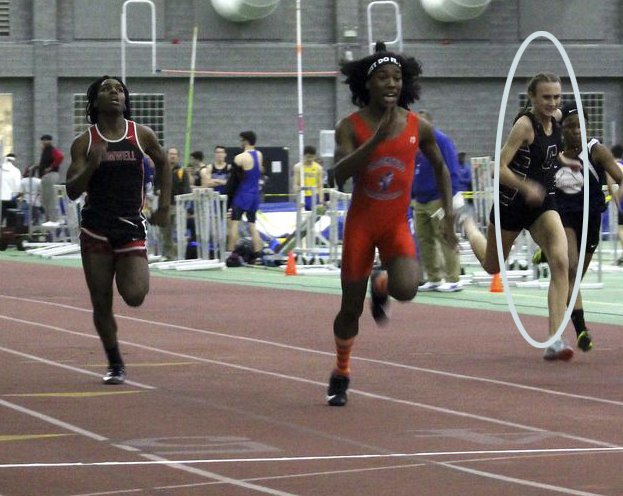
At 11 years old, Fatima Whitbread picked up a javelin. 14 years on, at the 1986 European Championship, she broke the female world record (77.44m) and won gold. A year later, she was the World Champion. 1/ 

During her javelin career, Whitbread accrued 2 World Championship medals, 2 Olympic medals, 2 Commonwealth Games medals and a European Championship, one of the greatest female javelin throwers of her time and an iconic figure in female athletics. 2/
Throughout her life, both on and off the field, Whitbread has been the personification of triumph over adversity, a female of quite extraordinary character. 3/
As a competitor, Whitbread was no stranger to the abuse many powerful female athletes are subjected to, where misogyny, racism, and doping accusations are aimed at women who defy “white western ideals”. 4/
“Ideal” can be, of course, somewhat subjective. As Whitbread has rather sharply and rather wonderfully pointed out: “I’m not Bo Derek and if I were, I wouldn’t have been able to throw a javelin”. 5/
But it is her courage during her youth that is most remarkable. Her horrific early years included abandonment as a baby, a succession of children’s homes, and an abusive and violent mother who facilitated rape against her. 6/
Bereft of love, trouble at school, child psychiatry. She is candid about her childhood and her story is not mine to tell on the limited medium of Twitter. It is, however, a childhood, nobody should ever experience. 7/
However, during her early teenage years, she was trained (later adopted) by Mary Whitbread, and a promise to her new mother “to behave” shifted Whitbread’s path in life from lost girl to world beater. 8/
Whitbread is not the only athlete to credit sporting ambition and success as a life-changer. Sport can save young people from child abuse, from drugs, from gangs, from eating disorders, from bullying. 9/
Sport is a step towards the social mobility denied to so many, offering a route out of poverty and acquired societal status. For females, sport boosts self-esteem, builds confidence, hones ambition, creates leaders. In a white man’s world, sport is a pathway to equality. 10/
Imagine if Whitbread, or any of our young girls, missed her chance because a teenage male took her coaching slot, her equipment bursary, her track time, her scholarship, her qualifying spot, her podium place. 11/
Imagine being high schooler Chelsea Mitchell, and seeing two unadulterated males beat you easily to the finish line, the leader setting a new female state record in the process. Imagine being relegated to third place and race reports neglecting to use your name. 12/ 

High school junior Selina Soule complained in the media: “We all know the outcome of the race before it even starts; it’s demoralizing.” How many girls will give up when they know they can never win? 13/
Mitchell represents many young girls who are going to lose races, games and accolades to male athletes. I cannot consider what else may be lost for these girls. 14/
At 11 years old, Fatima Whitbread picked up a javelin, and it changed her life immeasurably. It was, in her own words, her “saviour”. Let’s not deny other young girls that same chance. End/
• • •
Missing some Tweet in this thread? You can try to
force a refresh








